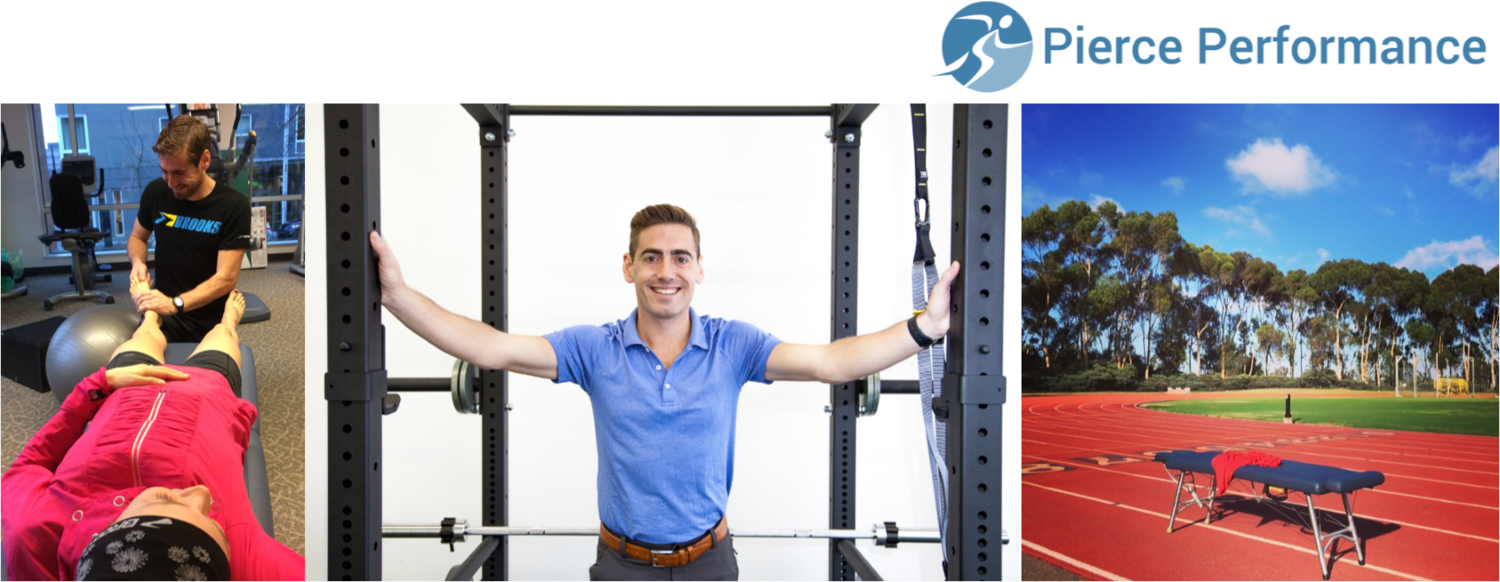Fascia is currently a buzzword in the sports medicine, health, and fitness community, and thanks to the foam roller has nearly reached household name recognition status. While the foam roller you’re using on your IT band might be having some effect on your myofascial system, it’s doubtful that what you are doing with it is actually myofascial release.
Indeed, while it is good for the term “fascia” to become more recognized, it is important to go beyond this superficial buzzword hype to truly understand what it is, why we should care about it, and more importantly how it affects health and performance. While fascia was originally thought of as simply a sheet or band of soft connective tissue that separates and connects muscles, organs or nerves, it is actually much more complex.
Zugel et al., opined (full paper here):
“The fascial system builds a three-dimensional continuum of soft, collagen-containing, loose and dense fibrous connective tissue that permeates the body and enables all body systems to operate in an integrated manner.”
So as the above paper establishes, fascia is made up of various types of collagen fibers embedded in a semi-liquid ground substance. Thus fascia is hydrophilic and very sensitive to water, either a loss thereof or when added. (Think of the negative effects of dehydration!)
Myofascial Lines. Image from Anatomy Trains by Thomas Myers
Fascia makes up and encompasses many tissues in the body including:
Adipose cells
Aponeurosis (attachment of multiple tendons as they thicken near a boney attachment)
Tendons
Ligaments
Neurovascular sheaths
Aventitia (outermost connective tissue around organs, vessels etc)
Superficial fascia
Retinaculae (dense connective tissue with great tensile strength, usually anchors other structures such as tendons in place)
Septa (a cord-like division/space between muscles and other tissue)
Periostea (the outer layer of bone where tendons/connective tissue attach)
Because fascia travels in long tracts across multiple muscles and joints, and even connects into joint capsules and ligaments, and onto bones, the appropriate treatment of it can have a great effect on injuries and pain. The ELDOA method, developed by Dr. Guy Voyer is a perfect example of the application of the fascial system to affect performance of a muscle, joint, or of the whole mechanical system within the body. Putting the joints and muscles in certain positions can lead to an altered state (collagen synthesis) on the fascia and help with healing tendon, ligament, disc or bone as a result of isometric stress on these tissues. For more on ELDOA click here or see links below.
We can all do more to understand and apply fascial principles into practice as an athlete, sports practitioner or coach. Further study on tensegrity, mechanics and detailed fascial anatomy is recommended if you are interested in this subject.

